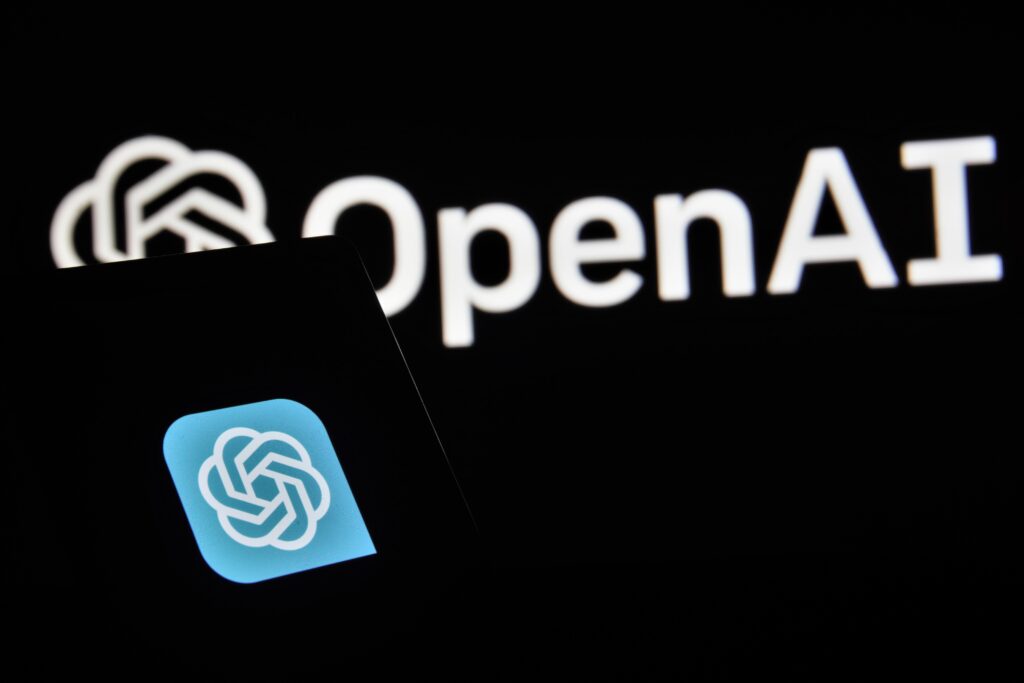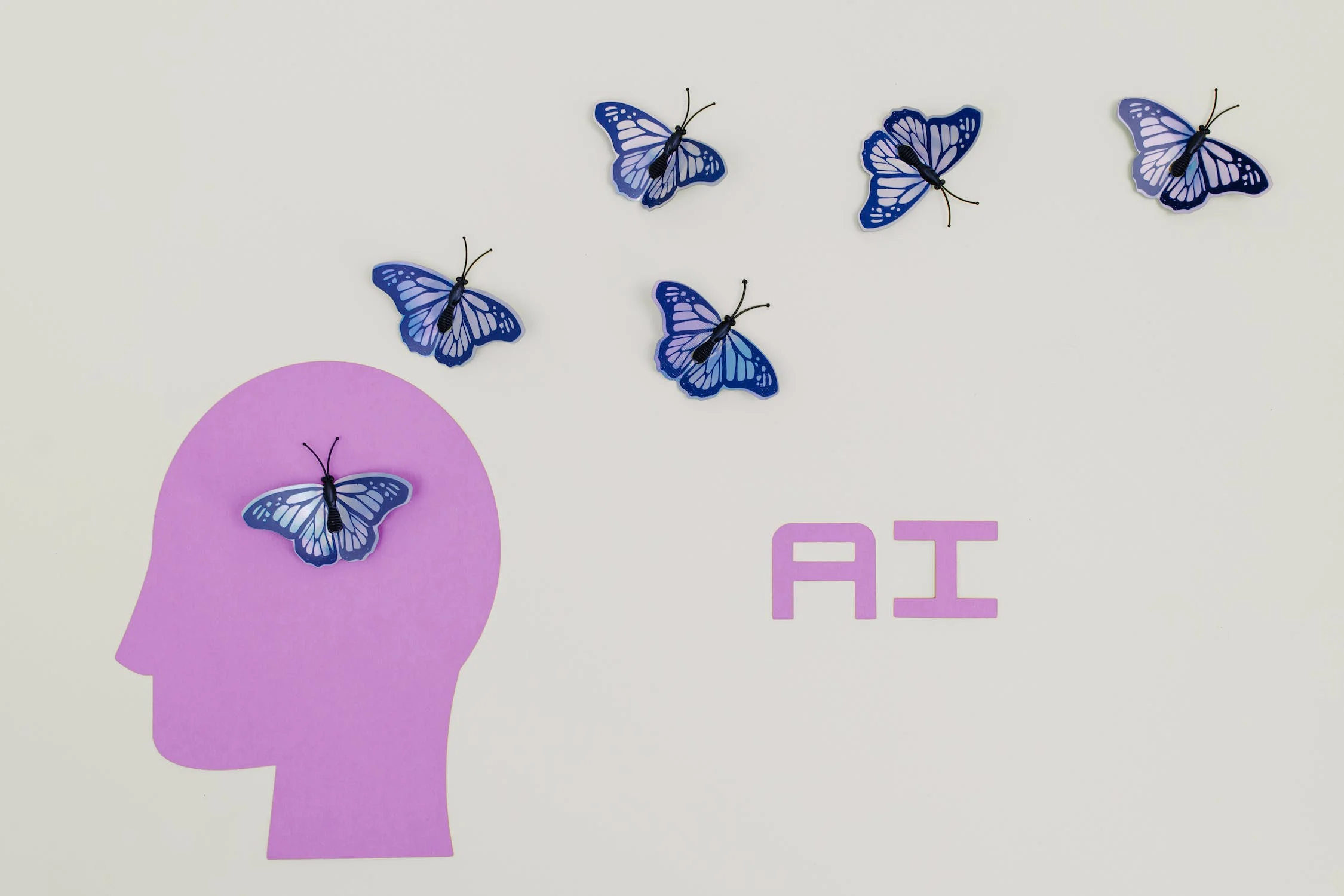Introduction
Artificial Intelligence (AI) has revolutionized the way we interact with technology. One of the most exciting advancements in AI is the development of chatbot technology, which allows us to have engaging and intelligent conversations with virtual assistants. ChatGPT-like AI tools have emerged as powerful solutions for businesses and individuals looking to leverage AI to enhance customer support, automate tasks, and improve user experiences. In this article, we will explore five mind-blowing ChatGPT-like AI tools and provide you with an insider’s guide on how to unlock their full potential.
1. OpenAI’s ChatGPT

OpenAI’s ChatGPT is a state-of-the-art AI language model that can generate human-like responses based on given prompts. It is trained on a massive amount of text data and is capable of understanding context, asking clarifying questions, and providing detailed answers. OpenAI has made significant improvements to the original GPT model to ensure that responses are more accurate and reliable. ChatGPT can be used for a wide range of applications, such as drafting emails, writing code, creating conversational agents, and much more.
To unlock the full potential of ChatGPT, follow these tips:
- Clearly define your prompt: Be specific and provide as much context as possible to get accurate responses.
- Experiment with temperature settings: Lower values like 0.2 produce focused and conservative responses, while higher values like 0.8 create more random and creative answers.
- Use system-level instructions: You can guide the model’s behavior by including high-level instructions like “You are an assistant helping a customer” at the beginning.
2. Microsoft’s Xiaoice
Microsoft’s Xiaoice is an AI-powered conversational assistant that has gained immense popularity, particularly in Asia. It is designed to have engaging and emotionally intelligent conversations with users. Xiaoice utilizes natural language processing, machine learning, and emotional modeling to understand and respond to user queries. It can provide recommendations, offer emotional support, tell stories, and even crack jokes. Xiaoice has become a trusted companion for millions of users, demonstrating the power of AI in creating meaningful connections.
To make the most out of Xiaoice, keep the following tips in mind:
- Be conversational: Xiaoice is built for natural conversations, so avoid using formal language or complex instructions.
- Share emotions: Xiaoice is trained to understand and respond to emotions. Express yourself openly to create a more engaging and personalized conversation.
- Explore different topics: Xiaoice has knowledge on a wide range of subjects. Ask about hobbies, current events, or seek advice on various topics to unlock its vast knowledge base.
3. Chatbot by Google Cloud
Google Cloud offers a powerful chatbot development platform that leverages AI and natural language processing to create intelligent virtual agents. This chatbot service allows businesses to build custom conversational experiences for their customers across various platforms. It comes with pre-built templates and customizable components, making it easier to design and deploy chatbot applications. The Google Cloud chatbot can handle complex conversations, provide recommendations, answer FAQs, and offer personalized support.
To harness the capabilities of Google Cloud’s chatbot, consider these recommendations:
- Understand user intents: Analyze user queries and identify their underlying intents. This will help you design relevant and precise responses.
- Utilize entity recognition: Identify and extract specific information from user inputs, such as dates, names, or locations. This can enhance the chatbot’s ability to provide accurate and tailored responses.
- Regularly update and train the model: Keep refining your chatbot’s responses based on user feedback. Regularly update and train the model to improve its accuracy and effectiveness.
4. Facebook’s Wit.ai
Wit.ai, developed by Facebook, is an AI-powered chatbot platform that enables developers to create intelligent conversational agents. It offers natural language understanding (NLU) capabilities, allowing chatbots to comprehend user inputs and provide contextually relevant responses. Wit.ai supports multiple languages, entity recognition, and also allows integration with various messaging platforms. Whether you want to build a chatbot for customer support, virtual assistants, or social interactions, Wit.ai provides the necessary tools and infrastructure.
To enhance the performance of your Wit.ai chatbot, consider the following suggestions:
- Train with diverse examples: Provide a wide range of training examples covering different use cases and variations in user queries to improve model accuracy.
- Continuously iterate and test: Regularly evaluate and fine-tune your chatbot’s responses based on user interactions. Use feedback to identify areas for improvement.
- Leverage context-awareness: Make use of context parameters like user history or conversation context to generate more personalized and relevant responses.
5. IBM Watson Assistant
IBM Watson Assistant is an enterprise-grade AI chatbot platform that enables businesses to create highly customizable and powerful virtual agents. It allows organizations to integrate chatbot capabilities into websites, apps, messaging platforms, and even physical devices. With Watson Assistant, you can leverage natural language understanding, machine learning, and additional AI services to create intelligent and contextually-aware conversational agents. Watson Assistant also offers advanced analytics and insights to optimize your chatbot’s performance over time.
To get the most out of IBM Watson Assistant, consider the following recommendations:
- Design interactive dialogues: Create conversational flows that involve back-and-forth interactions with users to gather necessary information and provide relevant responses.
- Implement multi-step dialogues: Break down complex tasks into multiple steps and guide users through the process with clear instructions and prompts.
- Integrate with databases and third-party APIs: Extend your chatbot’s capabilities by connecting it to external data sources or services. This enables the chatbot to provide real-time information or perform actions beyond its basic functionality.
Conclusion
ChatGPT-like AI tools have unlocked new possibilities for businesses and individuals to create interactive and intelligent chatbot experiences. OpenAI’s ChatGPT, Microsoft’s Xiaoice, Google Cloud’s chatbot, Facebook’s Wit.ai, and IBM Watson Assistant are just a few examples of the mind-blowing AI tools that are transforming the world of conversational AI. By understanding their features, capabilities, and best practices, you can leverage these AI tools to unlock their full potential and create remarkable virtual agents. Embrace the power of AI and revolutionize the way you engage with your customers and users!
“In the world of AI chatbots, diversity breeds innovation. These alternatives to ChatGPT are expanding the possibilities of human-computer interactions.”
— AI Enthusiast
Don’t miss out on the opportunity to explore these fantastic alternatives and experience the next level of AI-powered chatbots!
Note: Images are for representation purposes and are not endorsements of the mentioned tools.
